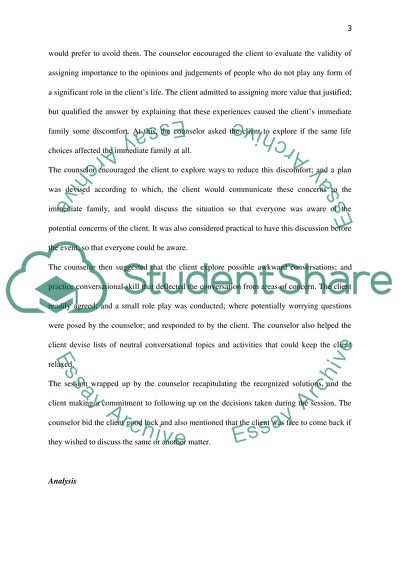Cite this document
(“Analysis of a Counseling Session Assignment Example | Topics and Well Written Essays - 2250 words”, n.d.)
Retrieved from https://studentshare.org/psychology/1430343-counselling-skills
Retrieved from https://studentshare.org/psychology/1430343-counselling-skills
(Analysis of a Counseling Session Assignment Example | Topics and Well Written Essays - 2250 Words)
https://studentshare.org/psychology/1430343-counselling-skills.
https://studentshare.org/psychology/1430343-counselling-skills.
“Analysis of a Counseling Session Assignment Example | Topics and Well Written Essays - 2250 Words”, n.d. https://studentshare.org/psychology/1430343-counselling-skills.


